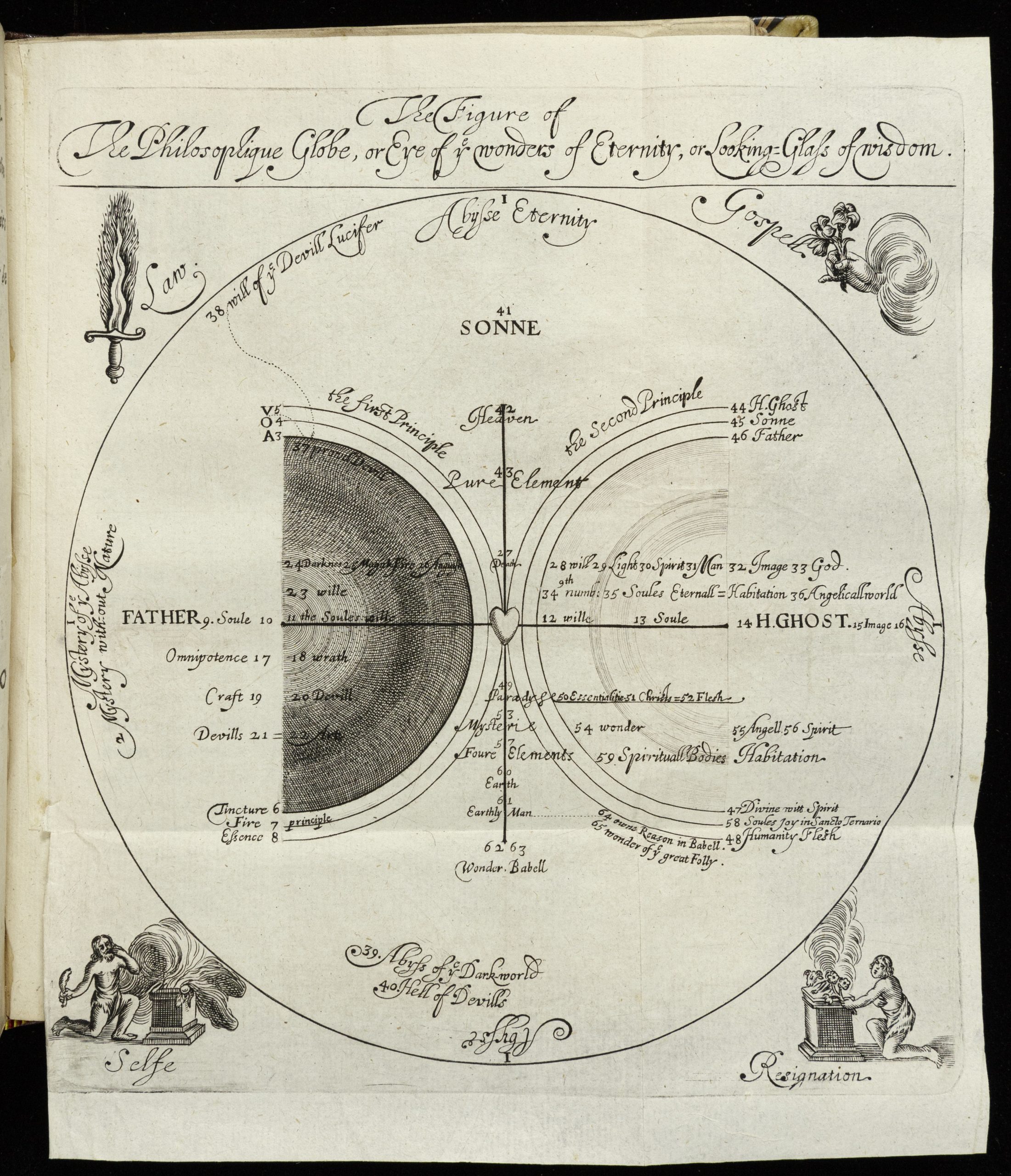Developed by Hilary Mac Austin and Kathleen Thompson for Examining the Evidence: Seven Strategies for Teaching with Primary Sources, published by Capstone Classroom (2015).
These strategies were used in the writing of the lesson plans, activities, and skills lessons in the Newberry Teacher Resources. They are not steps that follow one after another. Instead, they provide a framework for a process that is usually a flow rather than a ladder. Analyzing a primary source requires a back and forth between the strategies. For instance, “determining audience and purpose” might be possible only after finding more information. “Examining closely” will usually occur each time you look at or read a source.
Strategy 1: Decide what you’re looking at.
To begin with, are you looking at a primary source at all? Books for children and young adult books—even textbooks—are filled with illustrations. Some of those illustrations may have been very carefully created to provide as authentic a picture as possible of a particular time period, situation, or person. That does not make them primary sources, however, and students should gradually learn to recognize this. This doesn’t need to happen in an instant, especially since secondary sources can be useful and appealing ways to introduce students to the world around them and to history. But over time, students should develop an awareness of the nature of a primary source.
At higher grade levels, this same issue becomes more complex. When you first look at a primary source, you will need to determine, if possible, exactly what it is—what kind of image or text it is, where it came from, and when. Sometimes identifying the material will be as simple as reading a description, or a caption, in a textbook. Sometimes you may need to do research just to find out what you’re looking at.
Strategy 2: Determine the purpose and audience.
The purpose of a source is usually integrally connected with its intended audience, so determining the purpose often means beginning with the audience. A studio portrait, for example, is usually intended to be given to friends and relatives. The people in the portrait you’re looking at probably wore their best clothes. They posed, or were posed, to look happy or proud or beautiful.
In a documentary photo, on the other hand, the photographer is often trying to get the public to pay attention to something unpleasant, wrong, or painful. The purpose of the photograph does not involve showing its subject in the best possible light. Clearly, we can get different information from a portrait than we can from a documentary photo. The same applies to text. A diary entry gives us different information than a public interview.
Strategy 3: Look for bias.
Looking for bias and understanding how it affects what the text or image communicates is a crucial strategy in viewing a primary source. And bias comes into play on many levels. The personal biases of the author, photographer, or artist are usually reflected in their work. The broader biases of an era or a culture are apparent in almost everything created in and for that era or culture, making it necessary to know some history in order to investigate history.
This strategy helps students develop critical thinking skills that will translate to other areas of their academic lives.
Strategy 4: Examine closely the source itself.
This is, in many ways, the most interesting part of the whole project. It means really looking at all the details of the material carefully and creatively. If dealing with a primary source is detective work, then this is examining the crime scene.
For students in the early grades, this strategy is an excellent exercise for helping to develop visual literacy, whether it is used with a primary or secondary source. When you show students a photograph, for example, and ask them questions that will help them see what’s in it, you are helping them think of visuals as sources of information. They are learning to find and interpret clues to the reality being portrayed. For older students, close examination is the aspect of primary source investigation that gives them the strongest feeling of real participation in the discovery and creation of history.
Strategy 5: Find more information.
If you’re looking at a primary source in a textbook, there may be information in the text that will help you interpret the material. But you and your students may want to know more. A primary source is an extraordinary launching pad for a research project.
And then you go back to the primary source. Your second, more informed look may reveal details you and your students didn’t even notice the first time. It will certainly lead you to different conclusions about some of the things you saw the first time.
Strategy 6: Consider your own role in the interaction.
You and your students bring a whole life’s worth of experience, cultural conditioning, opinions, and biases to the act of viewing a primary source. If you really want to understand what you’re looking at, you need to examine how you’re coloring it. Our expectations are very different from those of people living a century ago, for example. Through discussion, students can compare their own viewpoints with those of people of an earlier time and gain great insight into their own assumptions and prejudices.
Strategy 7: Compare a variety of sources.
By looking at a variety of primary sources, students learn to apply the same basic principles of critical thinking in different ways with different kinds of sources. They learn valuable lessons about point of view and bias. And they get experience in synthesizing and integrating information, a skill that will be of great value when the time comes for them to write research papers.



